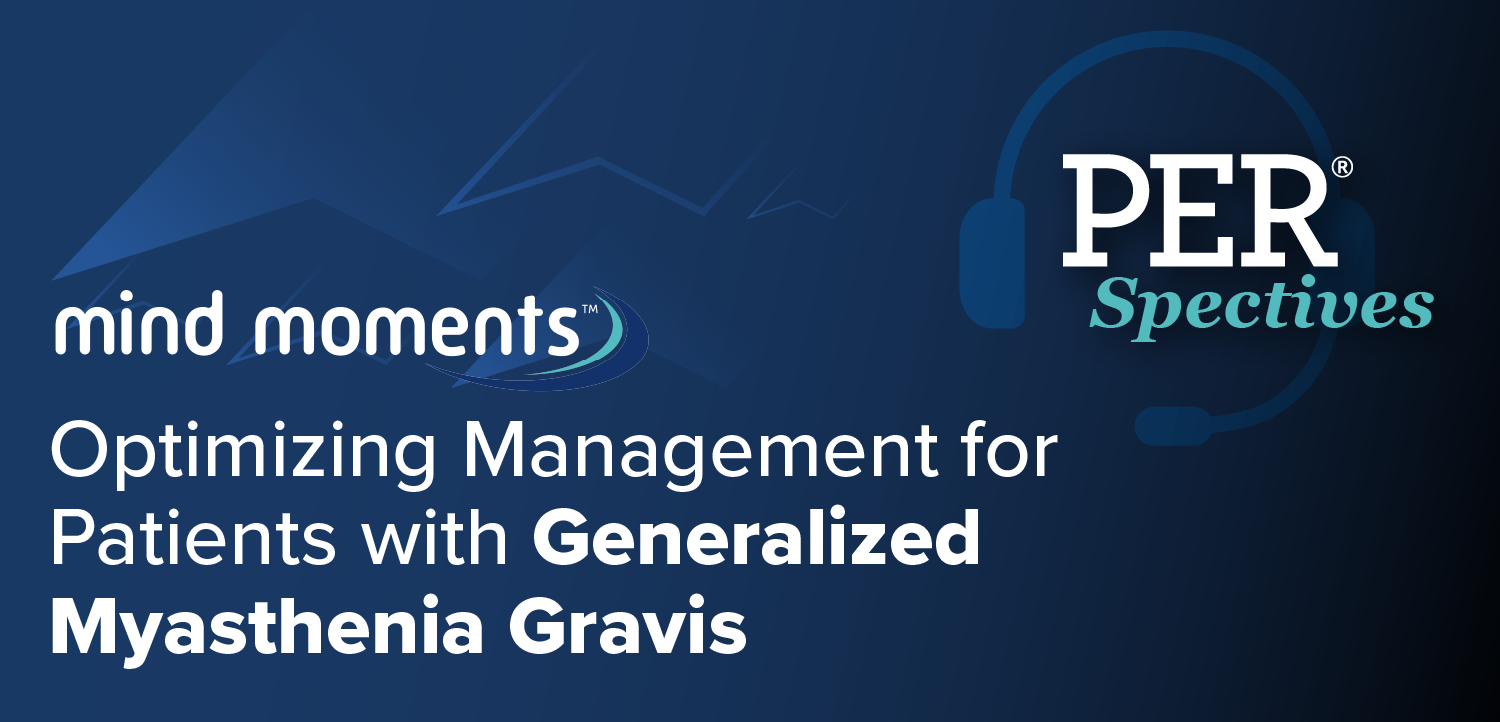
|Slideshows|March 19, 2018
Dry Eye Linked to Increased Risk of Headache, Migraine
Author(s)Veronica Hackethal, MD
A 5-year study assessed the association between dry eye and comorbid pain conditions in thousands of veterans and here's what they found.
Advertisement
Newsletter
Keep your finger on the pulse of neurology—subscribe to NeurologyLive for expert interviews, new data, and breakthrough treatment updates.
Advertisement
Latest CME
Advertisement
Advertisement
Trending on NeurologyLive - Clinical Neurology News and Neurology Expert Insights
1
FDA Approves Doxecitine and Doxribtimine Combination Therapy as First Treatment for Thymidine Kinase 2 Deficiency
2
New Phase 3 Study to Evaluate Remibrutinib in Generalized Myasthenia Gravis Treatment
3
Early-Stage Study to Test CD19 CAR T-Cell Therapy YTB323 in Myasthenia Gravis
4
Exploring Long-Term Efficacy of Inebilizumab in Phase 3 Myasthenia Gravis Trial: Richard Nowak, MD, MS
5




































